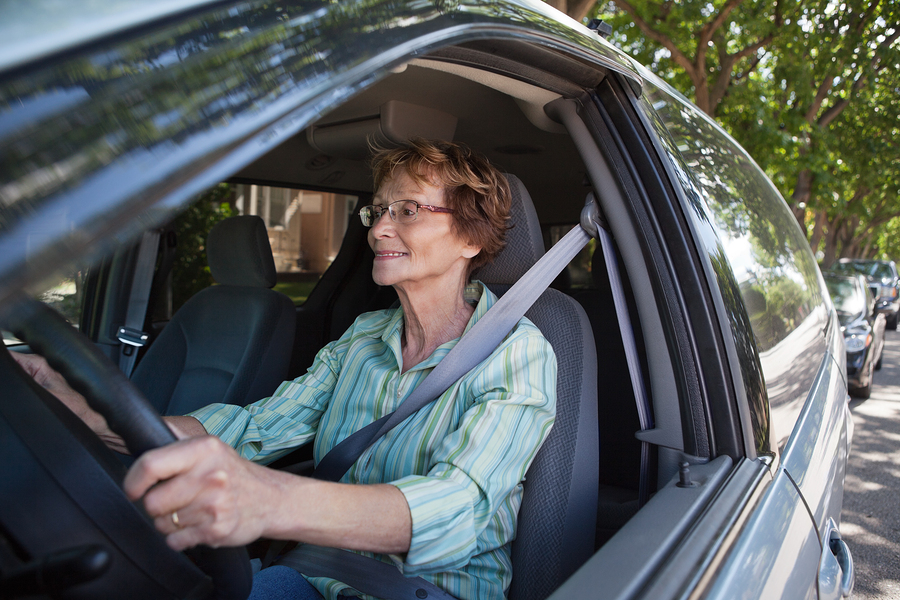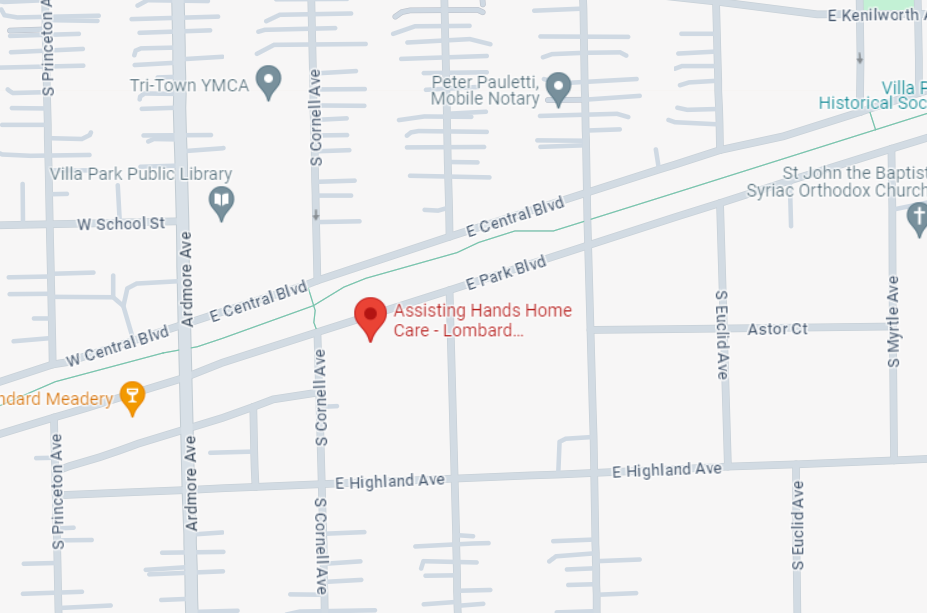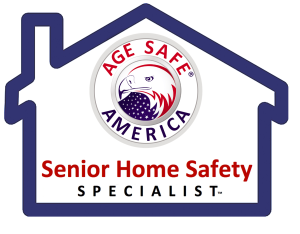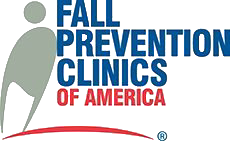
Home Care Assistance in Itasca IL
For many seniors, driving means independence and freedom. However, there may come a moment when driving becomes problematic due to health, safety, and well-being concerns. Identifying when to pull over may be difficult, but it’s crucial for their and other drivers’ safety. This blog explores some recommendations to help seniors make this decision and how adding home care assistance can smooth the transition from driving to not driving.
Recognizing the Warning Signs
Physical and cognitive changes are a normal part of aging, but they might impair a senior’s ability to drive safely. It’s important for loved ones to have honest conversations about this with them, allowing seniors to talk about how they feel behind the wheel. Some warning signs that indicate they may need to turn in their keys include the following:
- Vision Difficulties: If seniors are having trouble seeing road signs, pedestrians, or when driving at night, it may indicate they should reconsider driving.
- Slow Reaction Times: A delay in responding to unexpected changes, such as traffic flow halting suddenly, increases the danger of an accident.
- Confusion or Being Lost: Missing turns or being unsure of their direction, particularly on familiar roads, is a significant warning sign.
- Frequent Close Calls: If seniors consistently have near-misses or other drivers are honking regularly, it may be time to consider home care assistance for transportation.
Tips for a Smooth Transition
First, it’s essential to have the senior’s feedback during discussions regarding their continued ability to drive. Second, it’s important to understand this conversation will likely be fueled with strong emotions. Some tips for a smooth transition from driving to non-driving include the following:
- Start Small: Explore only driving during daylight hours with them to reduce safety issues.
- Consult a Professional: Encourage loved ones to take a driving test with a professional who can provide an impartial evaluation of their abilities.
- Discuss Alternatives: Talk to loved ones about alternatives, such as adding home care assistance to help them get where they need to go.
How Can Home Care Services Help with Transportation?
One of the most common concerns among seniors who stop driving is how to retain their mobility and independence. This is where home care services come in.
- Reliable Appointment Transportation: Home care workers can drive seniors to medical appointments, ensuring they never miss an important appointment.
- Errands and Shopping Assistance: Caregivers can take seniors to grocery stores and pharmacies or complete the errands on their own to make things easier for seniors.
- Social Outings and Community Events: Maintaining connections is essential for mental wellness. Having home care assistance by their side gives seniors the opportunity to continue attending events, church meetings, and social gatherings without worrying about logistics.
- Customized Schedules: Unlike public transportation or ride-sharing services, home care assistance is customized to the senior’s specific requirements and preferences, providing flexibility and peace of mind.
Seniors need to know that letting go of the keys does not imply surrendering freedom. In fact, it can lead to increased safety and reduced stress. With home care assistance and gentle encouragement from loved ones, seniors will see that transitioning from driving can be a good thing. However, the transition will need to be considered carefully to ensure they’re fully on board.
Sources:
https://www.nhtsa.gov/older-drivers/driving-safely-while-aging-gracefully
https://www.nia.nih.gov/health/safety/safe-driving-older-adults
If You Or An Aging Loved One Are Considering Home Care Assistance in Itasca, IL, Please Contact The Caring Staff At Assisting Hands Home Care – Lombard Today At (630) 313-6160.
Assisting Hands Home Care – Lombard Provides Exceptional Home Care For Seniors In Elmhurst, IL And The Surrounding Areas.


















